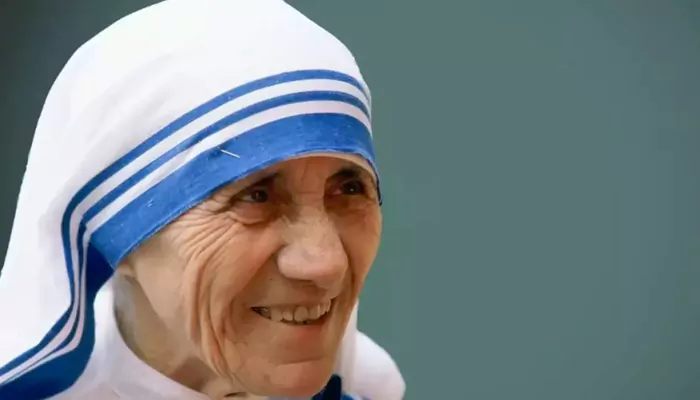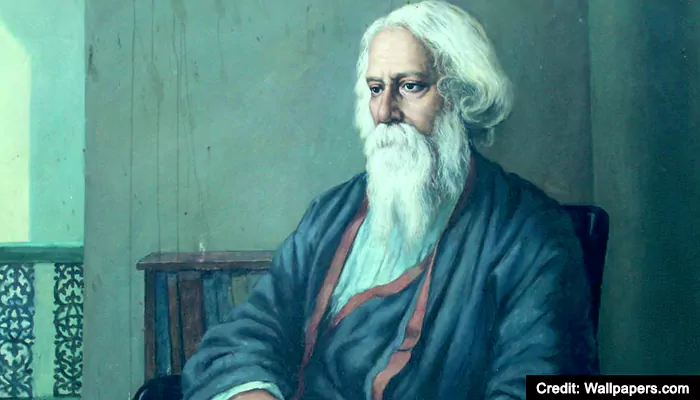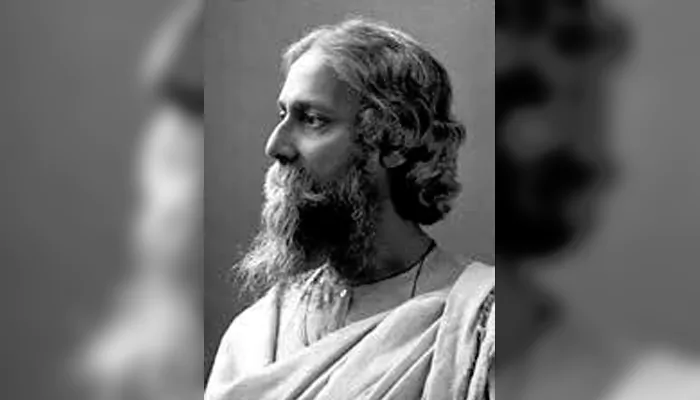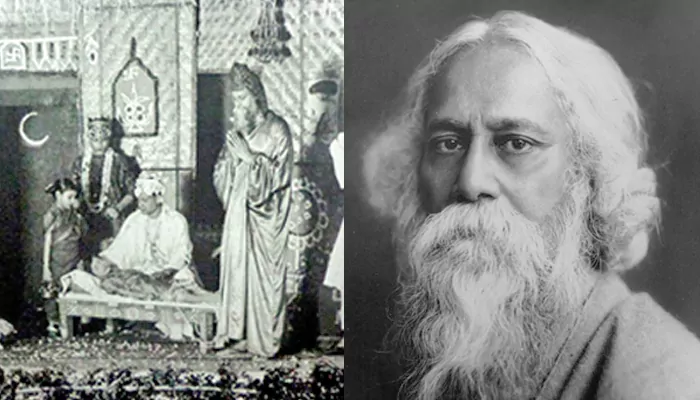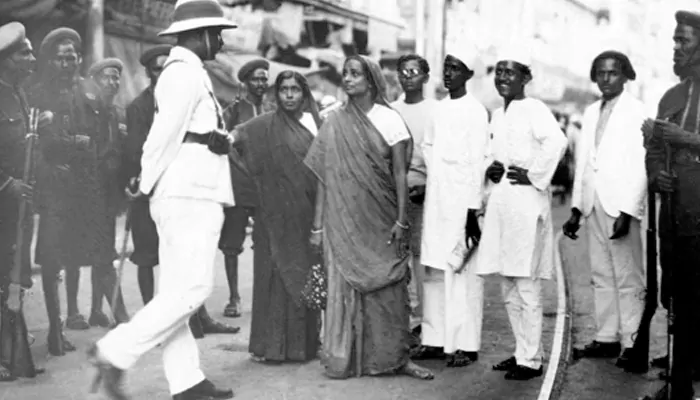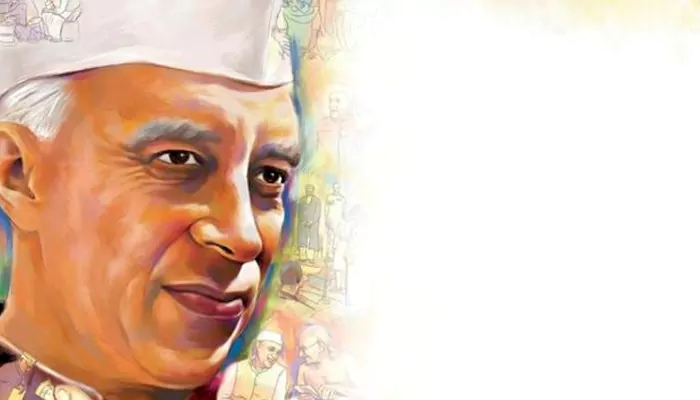Jawaharlal Nehru's Death Anniversary: Why Did He Always Wear a Red Rose on His Coat?
- Sayan Paul
- 6 months ago
- 4 minutes read

Nehru was always seen wearing a fresh red rose on his coat.
Famous personalities often have that one signature style or phrase that instantly reminds you of them. Take Narendra Modi, for example. The moment you think of him, chances are your mind echoes with his iconic “Mitrooon…”—which is a word now almost stamped with his identity. Just like “Jhakaas” is pure Anil Kapoor, “Mitrooon” is unmistakably Modi. Or think about Amitabh Bachchan. Not a character he played, but the man himself. Instantly, you picture a towering figure in a crisp suit, hands folded in a graceful namaste, saying, “Deviyon aur Sajjano…” in that unforgettable baritone. Now, when we think of Jawaharlal Nehru, several iconic images come alive. There's his historic “Tryst with Destiny” speech... “Long years ago, we made a tryst with destiny…” spoken in a voice that still gives us goosebumps. Then there’s the famous Nehru topi. And of course, that one constant—a red rose was always pinned to his coat. Much like how in Satyajit Ray’s novel 'Bombaiyer Bombete', Sanyal (the antagonist) is inseparable from his Gulbahar perfume—Nehru became inseparable from his red rose.
#SidhantGupta honors Pandit Jawaharlal Nehru by wearing the iconic red rose during Freedom at Midnight promotions 🌹 pic.twitter.com/uDQkQMshxQ
— Take One Filmy (@TakeOneFilmy) November 20, 2024
(Credit: Take One Filmy)
But why? What’s the story behind this floral obsession? On Nehru's death anniversary today, let’s find out.
So Why Did Nehru Wear a Red Rose Every Single Day?
No, it wasn’t a fashion statement. The red rose that Nehru wore almost every day was a symbol of eternal remembrance for his beloved wife, Kamala Nehru, who passed away in 1936 after a long battle with tuberculosis. According to a post by the Indian National Congress on Rose Day, Nehru wore the flower to feel close to Kamala, even years after she was gone. The rose was his silent way of saying, “I haven’t forgotten you.”
(Credit: incindia)
Their Love Story: Young, Tender, Revolutionary
Jawaharlal Nehru married Kamala Kaul in 1916. He was 26. She was just 16. Their marriage began in the traditional sense, but their bond grew stronger through shared ideals and political struggle. While Nehru was frequently away fighting for India’s freedom, Kamala was a fearless activist in her own right. She led protests, addressed rallies, and was even jailed for her role in the movement.
Jawaharlal Nehru with Kamala Nehru and Indira Gandhi.#JawaharlalNehru#KamalaNehru#IndiraGandhi pic.twitter.com/LuPxgARXCi
— The Architect of Modern India (@AProudNehruvian) December 29, 2024
(Credit: The Architect of Modern India)
When Kamala fell severely ill, Nehru took her to Switzerland for treatment, staying by her side until her final moments. Her passing left a deep void in his life, which he never filled again. He never remarried. But he kept wearing that red rose, every single day.
Death of Kamala Nehru on 28 February 1936. Entry in Jawaharlal Nehru's diary. pic.twitter.com/kJJiu7uPgS
— Jawaharlal Nehru Memorial Fund (@jnmfsm) February 28, 2024
(Credit: Jawaharlal Nehru Memorial Fund)
What the Red Rose Really Meant
The red rose symbolized more than love—it stood for memory. It was a way for Nehru to keep Kamala’s presence close in the most dignified, graceful way. It also became an emotional bridge between him and the public—especially children—who saw in that flower a sign of warmth and affection.
On Jawaharlal Nehru’s Birth Anniversary, here’s a thread of all that we have carried on & around him. ⬇️ [1/n] pic.twitter.com/UkZxcu2Nqp
— Indian History Collective (@IndianHistory_C) November 14, 2023
(Credit: Indian History Collective)
This teaches us respect and remembrance for our partner. Nehru showed that love can be quiet, and resilient, and doesn't necessarily have to be loud. So, the next time you see a red rose, remember it’s a love story, a promise kept, and a message that even the most powerful hearts carry tenderness within.


